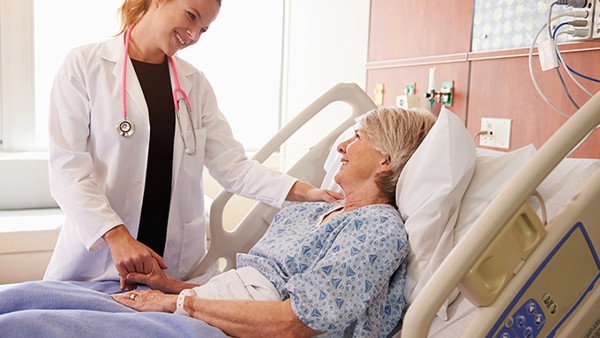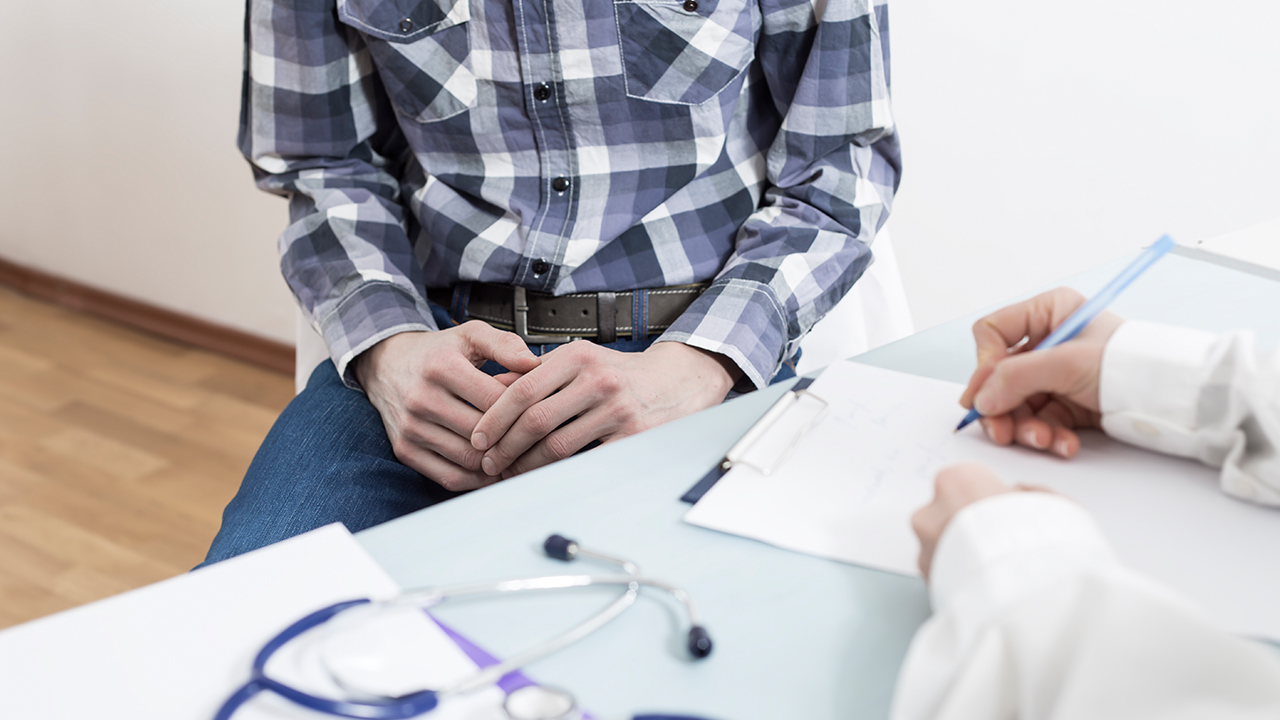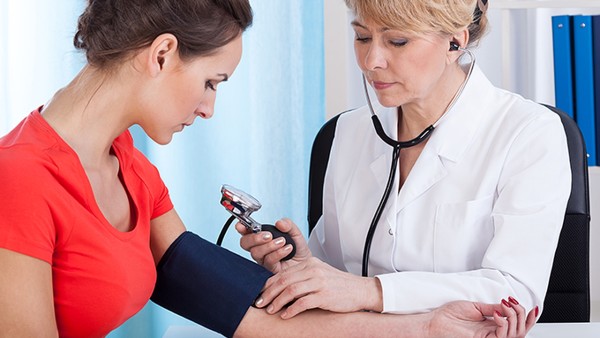Three Common Causes of Left Lower Abdominal Pain in Boys

Enlarged Spleen
Splenomegaly, or an enlarged spleen, is a condition in which the spleen becomes larger than normal. The spleen is an organ located in the upper left quadrant of the abdomen, just below the rib cage.
It plays an important role in the body's immune system by filtering blood and removing old or damaged red blood cells.
In children, splenomegaly is most commonly caused by infections, such as mononucleosis or Epstein-Barr virus. Other causes include liver disease, blood disorders, and certain types of cancer.
Symptoms of splenomegaly
The symptoms of splenomegaly can vary depending on the underlying cause. However, some common symptoms include:
Abdominal pain
Swelling in the left upper quadrant of the abdomen
Feeling full after eating small amounts of food
Fatigue
Loss of appetite
Weight loss
Fever
Chills
Night sweats
Diagnosis of splenomegaly
Splenomegaly can be diagnosed with a physical exam and an ultrasound. An ultrasound is a type of imaging test that uses sound waves to create pictures of the inside of the body.
Treatment of splenomegaly
The treatment for splenomegaly depends on the underlying cause. In some cases, no treatment is necessary. In other cases, treatment may include medications, surgery, or radiation therapy.
Appendicitis
Appendicitis is a condition in which the appendix becomes inflamed. The appendix is a small, finger-shaped organ that projects from the large intestine. It is located in the lower right quadrant of the abdomen.
The exact cause of appendicitis is unknown, but it is thought to be caused by a blockage in the appendix. This blockage can be caused by stool, bacteria, or other foreign objects.
Symptoms of appendicitis
The symptoms of appendicitis can vary depending on the individual. However, some common symptoms include:
Abdominal pain that starts in the lower right quadrant of the abdomen and gradually worsens
Nausea
Vomiting
Loss of appetite
Fever
Chills
Constipation
Diarrhea
Diagnosis of appendicitis
Appendicitis can be diagnosed with a physical exam and an ultrasound. An ultrasound is a type of imaging test that uses sound waves to create pictures of the inside of the body.
Treatment of appendicitis
The treatment for appendicitis is surgery to remove the appendix. Surgery is typically performed laparoscopically, which means that it is done through small incisions in the abdomen.
Hernia
A hernia is a condition in which an organ or tissue pushes through a weak spot in the muscle or tissue that normally holds it in place. Hernias can occur anywhere in the body, but they are most common in the abdomen.
In children, the most common type of hernia is an inguinal hernia. An inguinal hernia occurs when a portion of the intestine pushes through a weak spot in the abdominal wall in the groin area.
Symptoms of a hernia
The symptoms of a hernia can vary depending on the location of the hernia. However, some common symptoms include:
A bulge in the abdomen or groin area
Pain
Discomfort
Nausea
Vomiting
Constipation
Diarrhea
Diagnosis of a hernia
A hernia can be diagnosed with a physical exam. Your doctor will feel for a bulge in the abdomen or groin area.
Treatment of a hernia
The treatment for a hernia is surgery to repair the weak spot in the muscle or tissue. Surgery is typically performed laparoscopically, which means that it is done through small incisions in the abdomen.
The above is all the content that the editor wants to share with you. I sincerely hope that these contents can bring some help to your life and health, and I also wish that your life will be happier and happier.
Topic: #of #left #causes- • Detailed explanation of the causes of neonatal hypoxic-ischemic encephalopathy
- • Four major causes of frigidity among new mothers after giving birth!
- • Main symptoms of pulmonary tuberculosis in children
- • Four sequelae of caesarean section mothers
- • The smell of armpit sweat is not body odor but body odor















